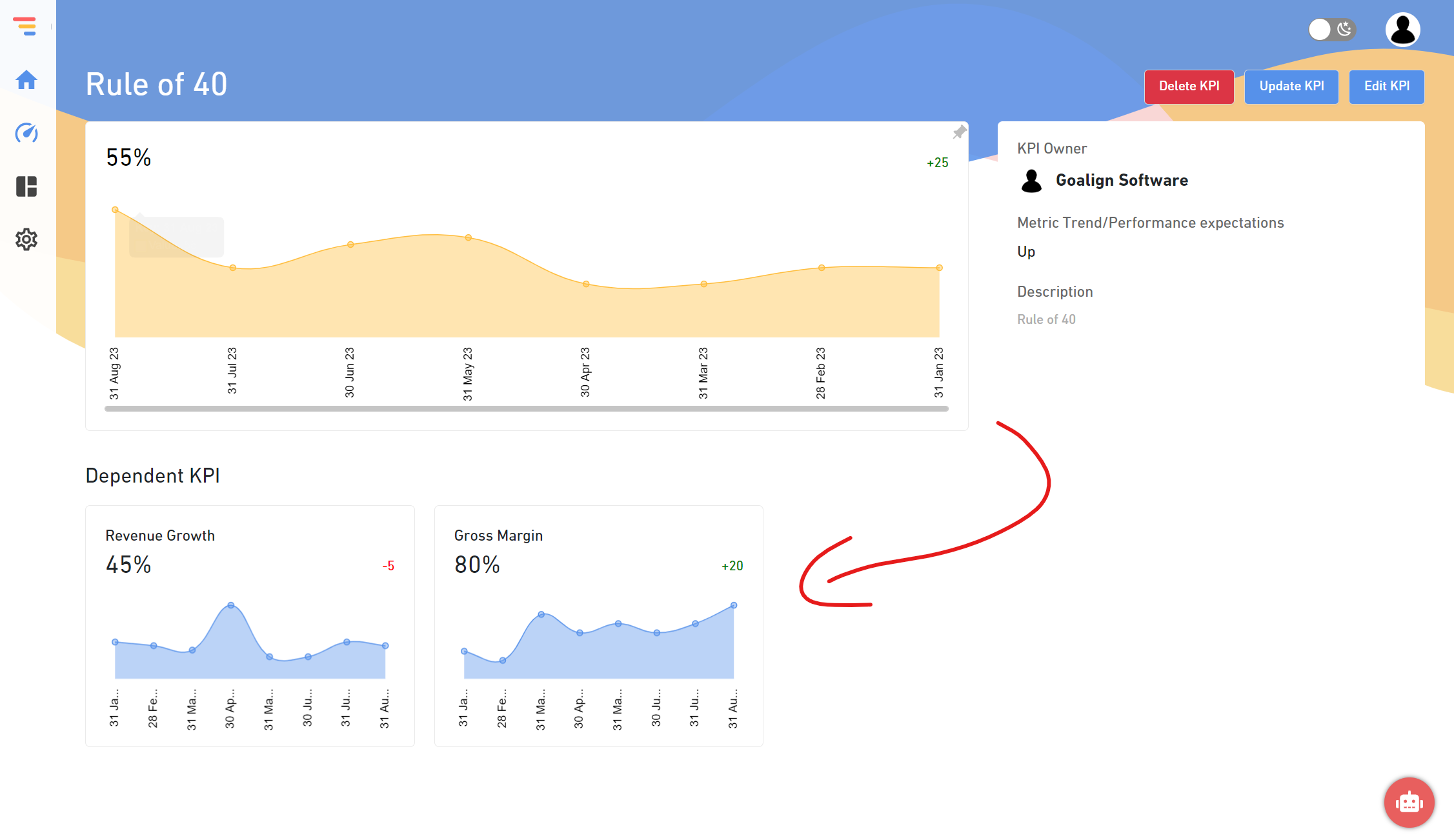Have you heard the tale about the rabbit and the tortoise racing? Now and again, our grandmother would tell us the story. In business, the rabbit represents companies like Amazon and Walmart, which provide same-day delivery, while the tortoise represents companies that deliver goods within a week.
Logistic KPIs are used to avoid such occurrences. These KPIs have been developed to help you oversee your logistics operations conveniently and transparently. In this post, we’ll go over the basics of logistic KPIs, why they’re essential, and which KPIs every logistic manager should track.
What are key performance indicators (KPIs) in logistics?
A logistics key performance indicator (KPI) is a quantitative instrument that firms use to assess the effectiveness of their logistics department. Logistics KPIs may track a wide range of variables, most related to buying, storage, transportation, delivery of products, and finances.
A logistics key performance indicator (KPI) is a quantitative instrument that firms use to assess the effectiveness of their logistics department. Logistics KPIs may track a wide range of variables, most related to buying, storage, transportation, delivery of products, and finances.
The Advantages of Monitoring Logistic KPIs
Logistics managers utilize logistic KPIs to compare their procedures to industry standards. These KPIs assist managers in staying up to current on their daily production, cost, and quality rates. Furthermore, in the logistics industry, these insights may help you continuously monitor and assess granular supply chain KPIs. Let’s look at it from the other side.
One of the primary tasks of logistic managers is to get necessary resources, test and correctly pack the items, and convey them to the appropriate place and, of course, to the right person. Managers should seek assistance to do so many responsibilities at once. In the event of a disruption, it is not unusual for production lines and supply chain employees to organize a strike.
Best Logistic KPIs That Every Logistics Manager Should Monitor
1. Working Ratio
The operational ratio is calculated by comparing a company’s total operating expenditures to net revenues. As previously stated, this KPI depicts the link between the quantity of income received and the overall cost of performing logistic operations.
Tell us one thing: how do you intend to manage your money if your costs exceed your revenue? In the same scenario, reduced operational costs imply more significant earnings. However, decreasing your operational expenditures at the price of quality will result in mistakes.
Instead, be resourceful in your cost-cutting efforts, such as buying products in bulk, using automation wherever possible, and so on. A decent operation ratio is typically between 60 and 80%. However, the lesser the number, the better.
2. Ratio of Inventory Turnover
Inventory turnover, often known as stock rotation, is an important logistic KPI. It measures how quickly your inventory sells in a certain period. You can track inventory turnover to determine how much stock you need to buy to meet demand. Tracking this KPI also allows you to choose the demand for certain goods compared to others.
This will ultimately assist you in purchasing the right things in the right quantities. Having an excess supply of a popular product might boost your sales significantly. Divide your total sales by the average inventory value to determine the inventory turnover ratio or stock rotation.
3. Rate of Inventory Accuracy
What if you need to know what’s in your inventory? And what if a consumer purchases something that you don’t have in stock but is shown in your catalog? This is when inventory accuracy comes into play. This KPI allows you to calculate the difference between warehouse stock records and actual inventory.
A measurable disparity between stated and actual inventory may make or ruin your firm. But, again, we sound harsh because a faulty list causes unanticipated backorders and might show extra goods in stock when you’re down to your final item. That is why monitoring the inventory accuracy ratio is critical.
4. Utilization of Capacity
Capacity utilization compares the number of resources used to the total number of resources available. This is an extensive KPI. For example, you may monitor the equipment utilization rate, the load capacity of a transport vehicle or container, and much more using capacity utilization logistic KPI.
Although this KPI is unnecessary, it is entirely related to logistics. Unhealthy use of existing resources might cost a lot if not properly directed. In the case of manufacturing, underutilization of resources may wreak havoc on your supply chain. Furthermore, decreasing capacity utilization is a sign of an impending economic slump. Capacity utilization can be calculated by dividing the actual output obtained by the maximum output that might have been attained.
5. Cycle Time for Pick and Pack
The average time it takes an employee to choose a product from the shelf and pack it is called the pick and pack cycle time.
Every minute counts in logistics; this KPI is critical for logistics managers everywhere. Measuring this KPI every month enables you to compare the productivity of your warehouse staff over time. Furthermore, you may always work on improving this cycle time by allowing automation or expanding the number of personnel in the packing sector. However, avoid overburdening your personnel with unattainable expectations. It may bring you to your objectives but also foster an unhealthy work culture in your organization.
6. Turnaround Time for Trucks
The logistic equivalent of average dwell time is truck turnaround time, often known as truck turning. It counts the time between when a delivery vehicle enters the warehouse to collect or deliver merchandise and when it leaves.
This KPI typically gauges a company’s loading and unloading efficiency. It’s a prominent KPI among road transportation firms. Although dwell time has little impact in real-time, it might create significant disturbances in the long run. As a result, logistic managers strive to maintain a short truck turnaround time to guarantee a seamless flow of operations.
7. Typical Expenditures for Transportation
The average transportation cost is the cost of transportation costs as a percentage of gross monthly income. This KPI is best assessed month after month. It will detail the costs associated with order processing, administrative procedures, inventory carrying, warehousing, and transportation.
This provides you with crystal-clear insights into the procedures that are costing you the most. The idea is to reduce transportation expenses while still providing high-quality delivery services. This KPI is relatively simple to calculate. First, divide the monthly gross income by the average transportation cost.
Conclusion
Choosing the correct KPIs for your company is essential in making data-driven choices. The seven KPIs described in this article are a fantastic place to start, but remember that the final mile isn’t one-size-fits-all.
Depending on your company and the delivery program you provide, you may need several KPIs to examine your delivery program adequately. Just restrict the number of KPIs you measure to a minimum and concentrate on those that assist you in determining whether you are on track.






